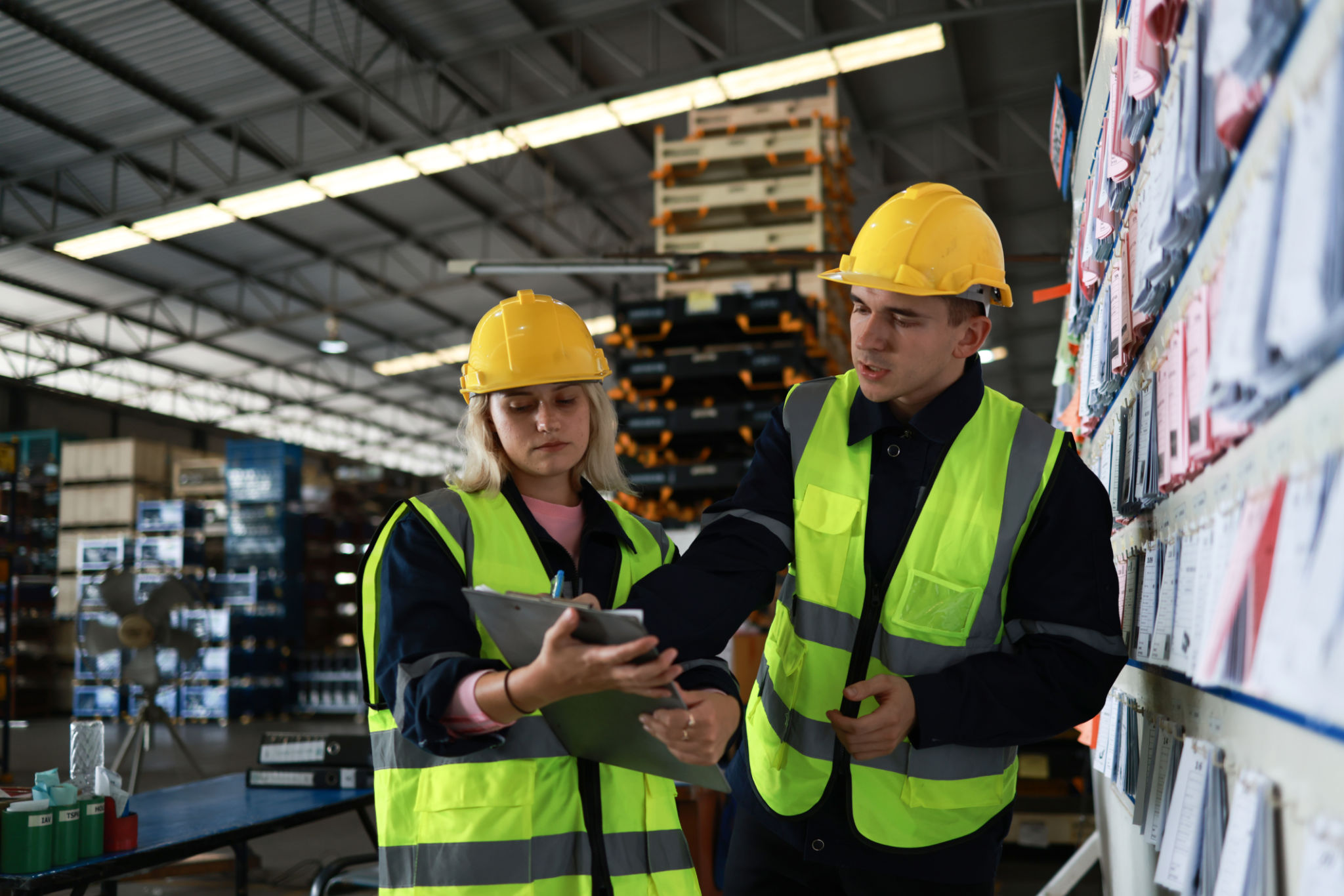Navigating Hazardous Waste Management for Semiconductor Industries in the Philippines
Understanding the Importance of Hazardous Waste Management
In the semiconductor industry, hazardous waste management is a critical component of operations. The production of semiconductors involves various chemical processes that can generate hazardous waste, which requires careful handling to prevent environmental damage. In the Philippines, where the semiconductor industry is a significant part of the economy, effective waste management is essential to maintain both environmental integrity and industry sustainability.

Proper hazardous waste management ensures compliance with local and international regulations, helping companies avoid hefty fines and reputational damage. It also plays a vital role in protecting the health of employees and surrounding communities. By implementing rigorous waste management practices, semiconductor companies can contribute to a safer and cleaner environment.
Regulatory Framework for Waste Management
The Philippines has established a comprehensive regulatory framework to govern hazardous waste management. The Department of Environment and Natural Resources (DENR) is the primary agency responsible for enforcing environmental laws, including the management of hazardous waste. The agency's regulations are designed to align with international standards, ensuring that Philippine companies remain competitive in the global market.
Key regulations include the Republic Act No. 6969, also known as the Toxic Substances and Hazardous and Nuclear Wastes Control Act. This law provides guidelines for the importation, manufacture, processing, handling, and disposal of hazardous substances. Companies must adhere to these regulations to operate legally and sustainably.

Best Practices in Waste Management
Implementing best practices in hazardous waste management is crucial for semiconductor companies. These practices include waste minimization strategies, such as substituting hazardous materials with less harmful alternatives and improving process efficiencies to reduce waste generation. Companies can also adopt recycling and recovery techniques to reclaim valuable materials from waste products.
Another critical aspect is the development of a comprehensive waste management plan. This plan should outline procedures for waste collection, storage, transportation, and disposal. Regular training for employees on proper waste handling techniques is also essential to ensure safety and compliance.

Technological Innovations in Waste Management
Advancements in technology have provided new opportunities for improving hazardous waste management in the semiconductor industry. Innovative solutions such as automated waste tracking systems can enhance transparency and efficiency in waste handling processes. These systems allow companies to monitor waste generation and disposal in real-time, ensuring compliance with regulatory requirements.
Additionally, cutting-edge recycling technologies enable the recovery of rare and valuable materials from semiconductor waste. By investing in these technologies, companies can reduce their environmental footprint and create new revenue streams from recovered materials.
Challenges and Opportunities
Despite the progress made in hazardous waste management, semiconductor industries in the Philippines still face challenges. These include limited infrastructure for waste treatment and disposal, as well as a lack of awareness about advanced waste management practices among some industry players. Addressing these challenges requires collaboration between the government, industry stakeholders, and environmental organizations.
However, these challenges also present opportunities for growth and innovation. By investing in infrastructure development and raising awareness about sustainable practices, the Philippines can position itself as a leader in environmentally responsible semiconductor manufacturing.

In conclusion, navigating hazardous waste management is crucial for the sustainable growth of the semiconductor industry in the Philippines. By adhering to regulatory requirements and adopting best practices and technological innovations, companies can protect the environment while enhancing their operational efficiency. As the industry continues to evolve, ongoing collaboration and investment will be essential to meet future challenges and seize emerging opportunities.
